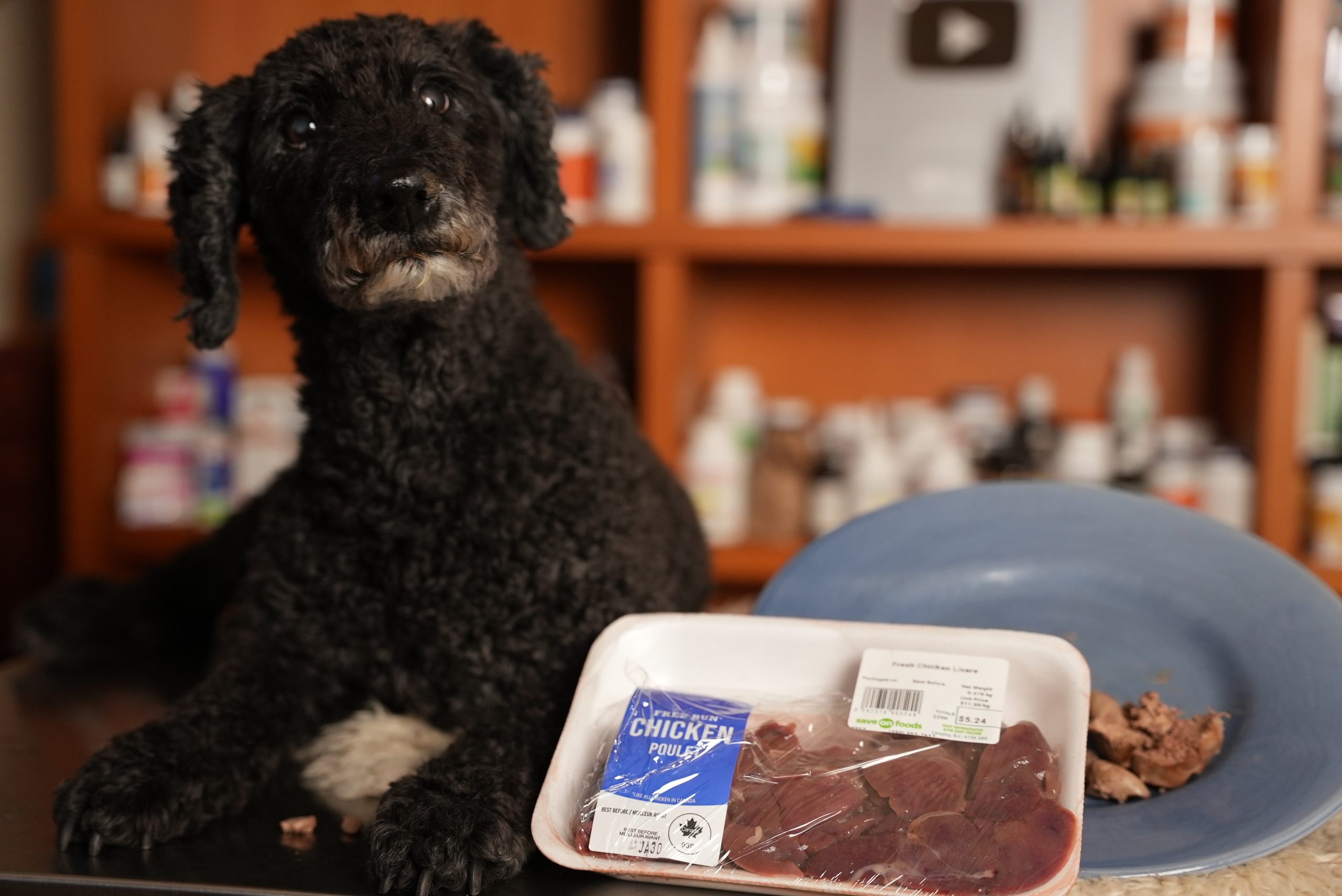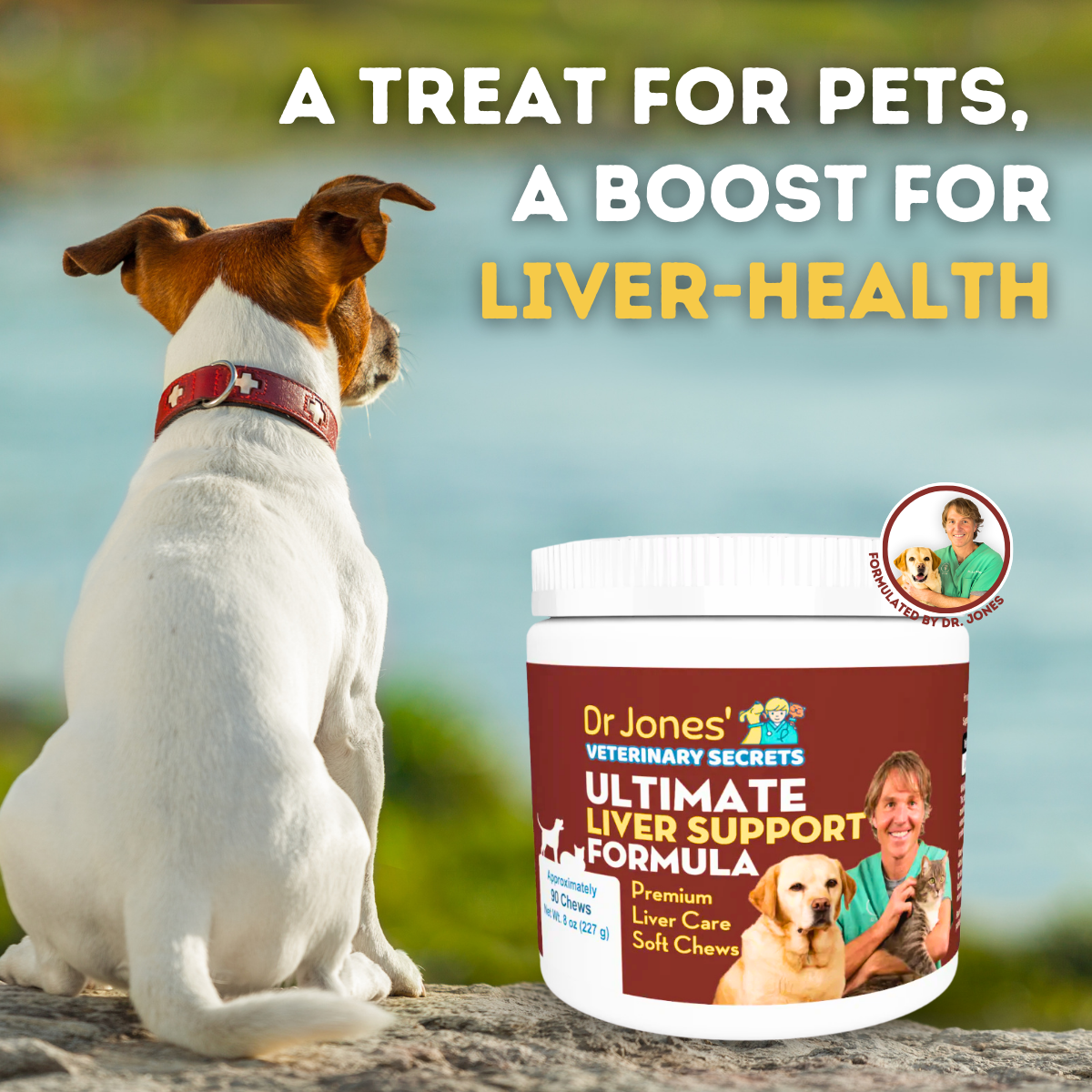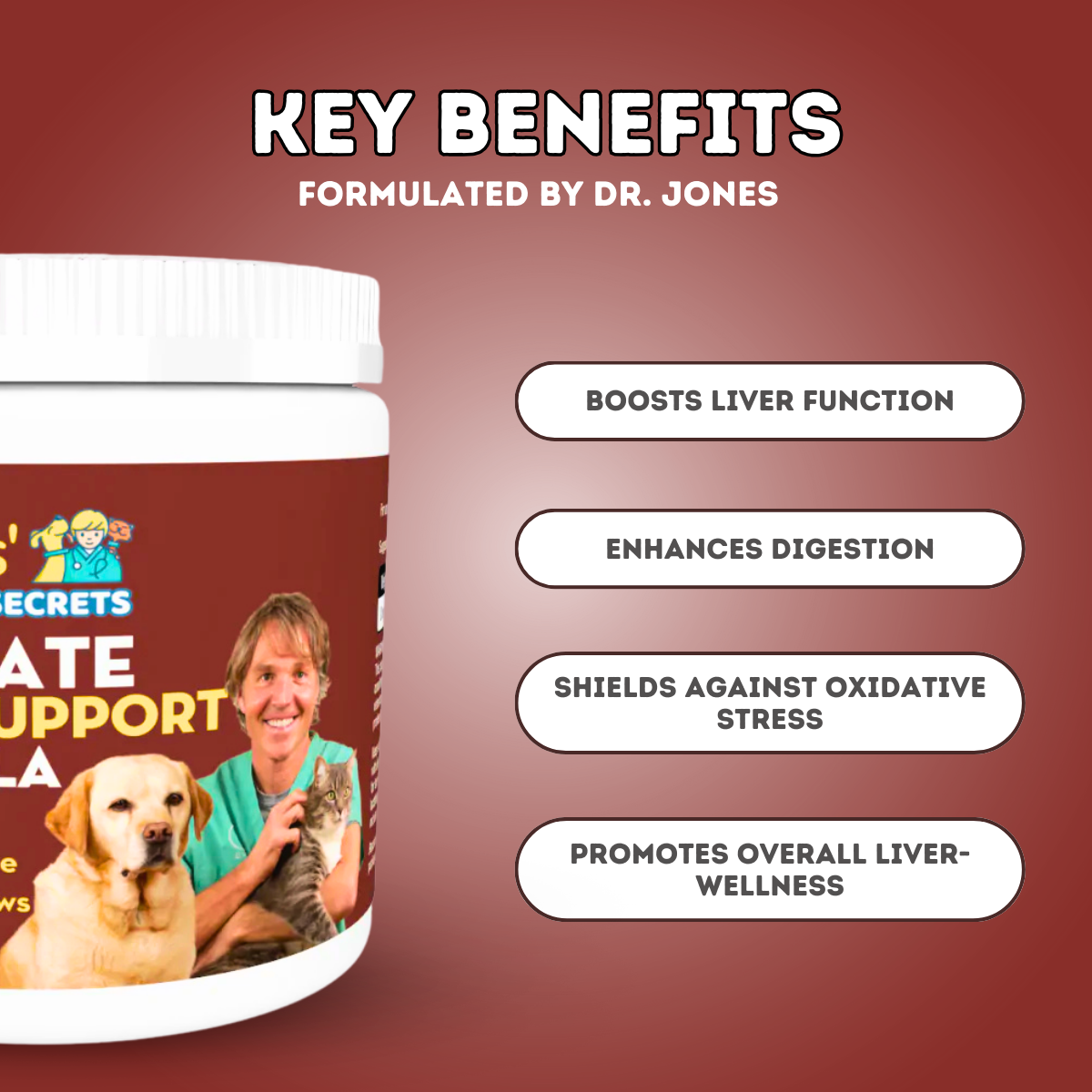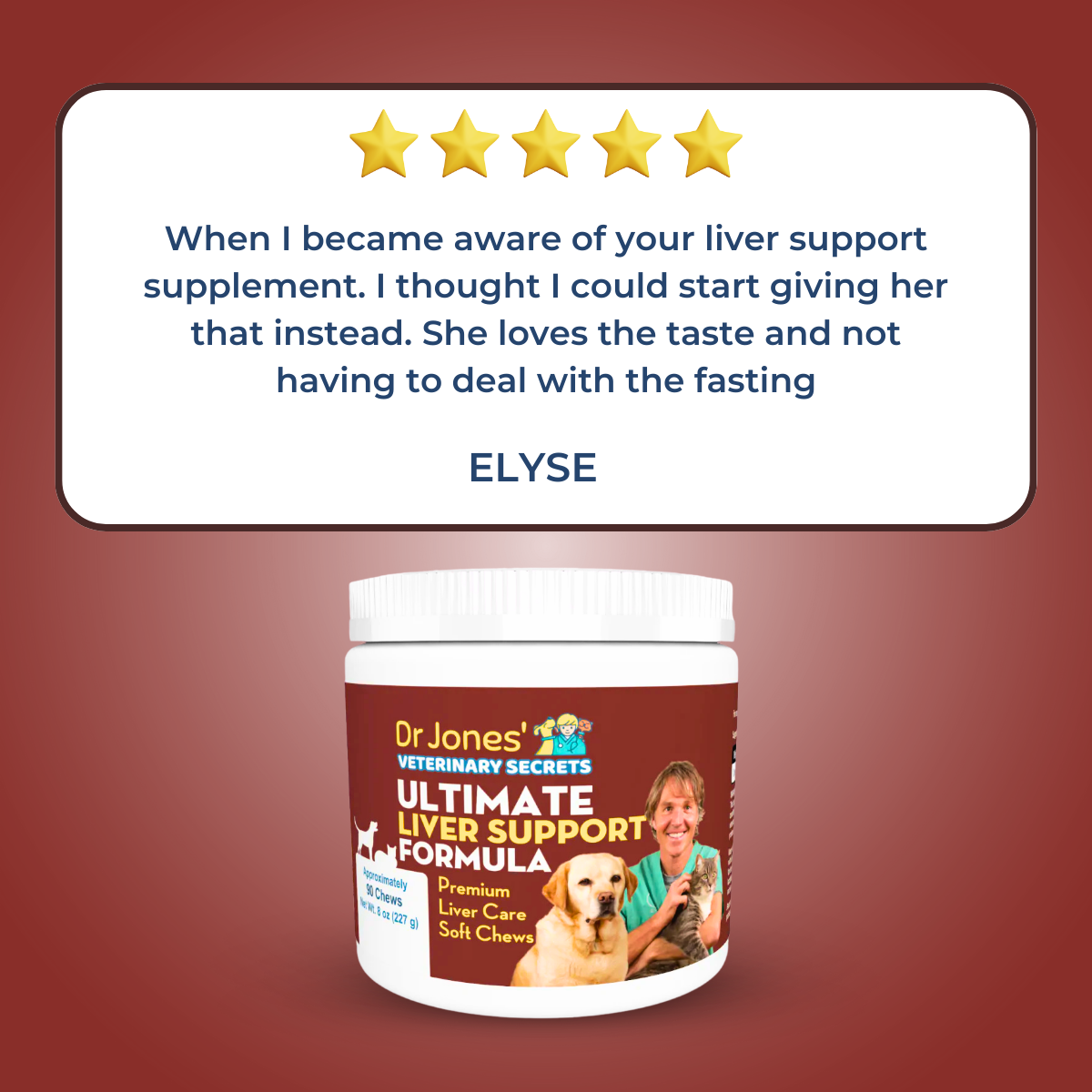Is Organ Meat Good for Dogs? Vet’s Guide to Dog Nutrition
![]()

The Benefits and Risks of Feeding Liver to Dogs
Are you interested in learning more about natural pet health and wellness? You’ve come to the right place! In this article, I’ll walk you through the benefits and risks of feeding liver, specifically to your dog, and show you how to safely incorporate it into their diet.
The Nutritional Powerhouse: Liver
Liver is truly a nutritional powerhouse, packed with essential vitamins, minerals, and protein. It can offer great benefits to your dog by improving the quality of their diet. While liver is not commonly consumed by humans, it’s an inexpensive option to boost the nutritional profile of your pet’s meals. Among various organ meats, liver is considered the “king" of nutrient density.
Liver contains:
- Vitamins: A, E, D, K, B12
- Minerals: Iron, copper, and zinc
- Other nutrients: Glucosamine, chondroitin, and protein
These nutrients play vital roles in your dog’s health. For instance, zinc can improve your dog’s skin and coat, and vitamin A supports eye health. Vitamin B12 and iron are essential for red blood cell production, and glucosamine and chondroitin help support joint health, especially for dogs with arthritis.
The Risks of Overfeeding Liver
While liver can be a great addition to your dog’s diet, it’s important to avoid overfeeding. Overfeeding liver can cause vitamin A toxicity, which may lead to:
- Bone abnormalities in young puppies
- Gastrointestinal issues such as vomiting, diarrhea, and lethargy
- Stiffness or pain, especially when moving the neck
In my experience with Tula, my dog, I made the mistake of feeding her too many liver-based treats, which led to elevated liver enzymes. It wasn’t due to cooked liver, but rather the excessive amount of liver treats I gave her. Over time, I noticed her appetite was off, and her bloodwork showed high ALT (liver enzyme), a sign that too much liver can affect your dog’s liver.
Additionally, liver is high in copper and iron, and excess amounts of these minerals could potentially harm your dog. Another concern is the risk of toxin accumulation. Since the liver filters the blood and removes toxins, it can sometimes contain harmful substances like cadmium, lead, and arsenic, depending on how the animal was raised.
How to Safely Feed Liver to Your Dog
To feed liver to your dog safely, start by introducing it gradually into their diet. Here’s how:
- Begin with small amounts, such as ½ teaspoon for a small dog or up to 1 tablespoon for a larger dog.
- Ensure liver makes up no more than 5-10% of your dog’s total diet. From my experience with Tula, I recommend sticking to 5%.
Tip: Start small and gradually increase the amount. If you’re feeding a dog like Tula, one tablespoon per cup of food twice a week is a safe starting point.
How to Prepare Liver
When it comes to preparation, I prefer steaming liver to preserve its nutrients while minimizing the risk of harmful bacteria. Here’s how I prepare liver for Tula:
-
Steam the liver: I place the liver (usually chicken liver) into a pot with a bit of water. Cover the pot and steam for about 5 minutes. This process helps kill surface bacteria without fully cooking the liver, preserving its enzymes and nutrients.
-
Use pasture-raised or organic liver: To minimize toxins, choose liver from younger animals (like chicken, which has had less time to accumulate toxins) and opt for organic or pasture-raised animals.
Serving Tips for Liver
- Start small: Begin with small amounts and monitor your dog for any signs of intolerance, such as vomiting, diarrhea, or stomach upset.
- Gradually increase: If your dog tolerates liver well, increase the amount up to 1 tablespoon per cup of food.
- Mix it into their food: If your dog refuses to eat liver whole, chop it into small pieces or blend it with their food. You can also dehydrate liver to make treats, using a dehydrator or your oven.
Remember, liver should only make up about 5% of your dog’s diet, so feed it sparingly.
When Not to Feed Liver
Liver may not be suitable for all dogs. Avoid feeding liver if your dog has:
- Copper storage disease: Liver is high in copper, so it should be avoided for dogs with this condition.
- Kidney disease: Liver is high in phosphorus, which can be harmful to dogs with kidney disease.
- Elevated liver enzymes: If your dog has high liver enzymes, like Tula, it’s best to avoid liver entirely.
Conclusion
Liver is an incredibly nutrient-dense organ meat that can improve the quality of your dog’s diet when fed in moderation. It provides essential vitamins, minerals, and protein that support your dog’s overall health, from joint function to skin and coat health. However, it’s crucial to feed it in small, controlled amounts to avoid the risks of toxicity or nutrient imbalances. Always opt for liver from younger, pasture-raised animals and prepare it by steaming to retain its nutrients while minimizing the risk of bacteria.
Follow these tips to safely incorporate liver into your dog’s diet, and you’ll be offering them a natural, nutrient-rich treat!

Thanks for watching!
If you want to learn more about pet health and wellness, don’t forget to subscribe to my channel and check out the link below for my free book on natural remedies for pets.




